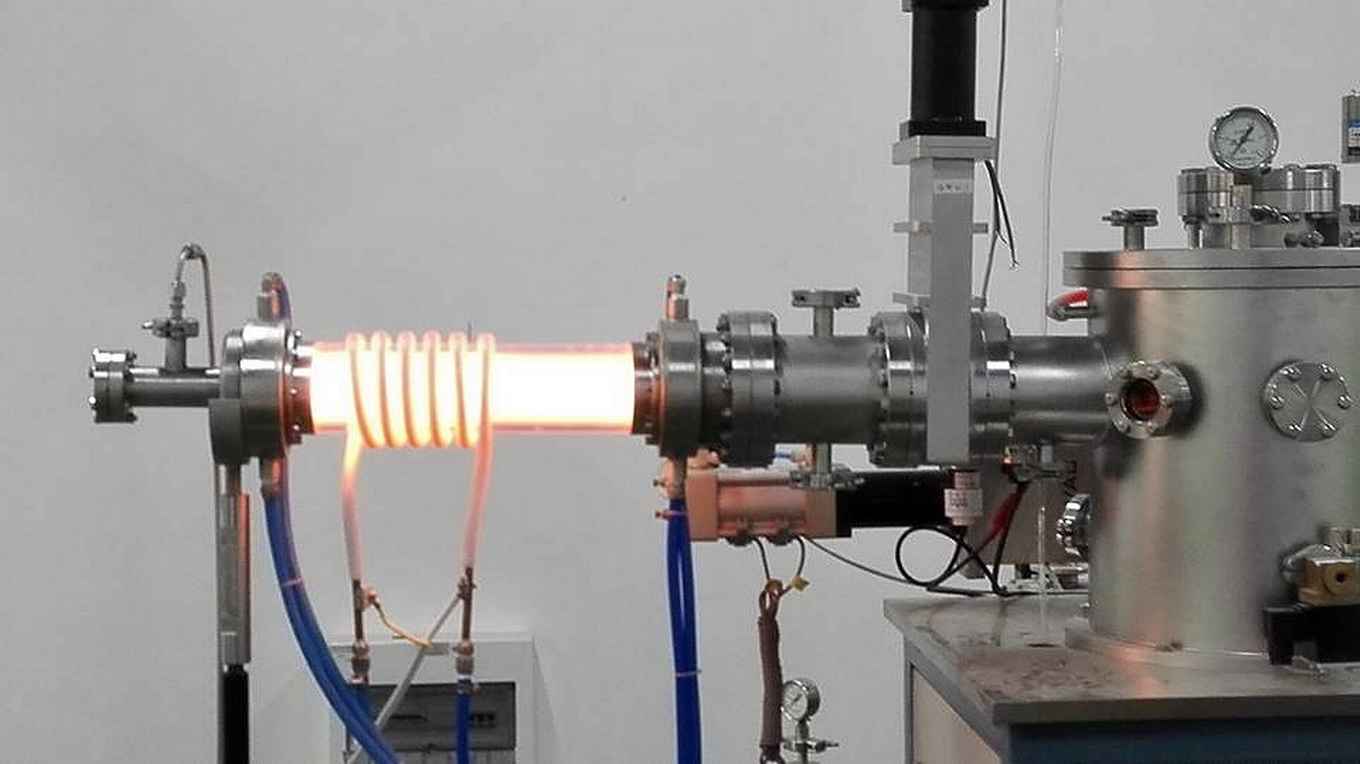Sino-Dutch cooperation in green plasma chemistry
Converting carbon dioxide to fuels and chemicals
5 January 2016

This Sino-Dutch partnership, which fits perfectly with the UvA’s Sustainable Chemistry research priority, recently received funding from both the Netherlands Organisation for Scientific Research (NWO) and the National Natural Science Foundation of China (NSFC).
Recycling carbon dioxide
Carbon dioxide (CO2) isn’t only a greenhouse gas but also a cheap, nontoxic and abundant chemical feedstock. Carbon dioxide can therefore be recycled by converting it to fuels and chemicals. However, this poses quite a challenge since CO2 is thermodynamically very stable and its reduction requires lots of energy - it is highly endothermic.
Scientists have explored numerous ways to meet this challenge and have developed a variety of electrocatalytic, photocatalytic and thermocatalytic routes for CO2 conversion. An emerging and promising alternative is a plasma catalytic route. Here the endothermicity of the reaction is overcome by plasma activation of the reactants after which the desired products are synthesized by means of heterogeneous catalysis. The use of a plasma allows a very targeted transfer of energy to the reactants, enabling a high overall process efficiency. The plasma activation can be powered by sustainable electricity.

Impact in green plasma chemistry
In a cooperation with CIDS, researchers of HIMS will study the combination of plasma reactors and novel catalytic materials to activate and react CO2 as well as lower hydrocarbons. Plasma catalysis is a new line of research for HIMS. The HIMS team has a strong background in designing catalytic materials, covering the whole spectrum from fundamental to industrially applied chemistry. The CIDS-team has a strong background in plasma physics and physical instrumentation to study basic problems in chemical physics and catalysis. Combining their expertise the two groups can make a big impact in the field of green plasma chemistry.

The cooperation has recently been awarded funding through the NWO/NSFC cooperation in the field of Advanced Materials. The HIMS team, led by Dr Raveendran Shiju, will receive 280,000 euro to develop novel solid catalysts for CO2 conversion. The Chinese team, led by former HIMS director Prof. Aart Kleijn, will receive 2.990,000 RMB (approximately 440,000 euro). This team, also involving Dr Qiang Huang, a plasma physics expert, will incorporate the solid catalysts in the plasma reactor. The project, ‘Developing novel catalytic materials for converting CO2, methane and ethane to high-value chemicals in a hybrid plasma-catalytic reactor’, will run for four years and will employ three PhD students (two in China, one at HIMS).